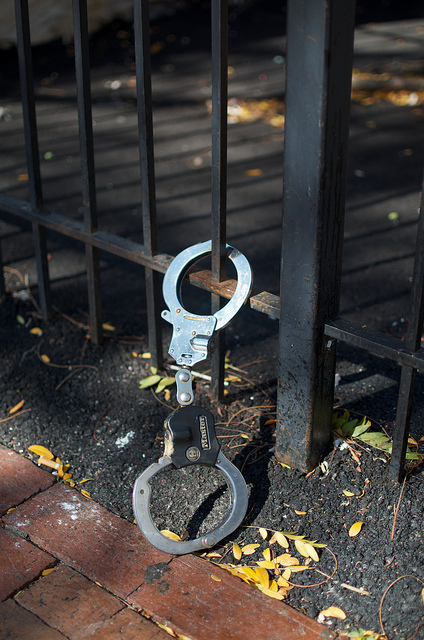Recently, police in Glendora received reports about, arrested, and released, the same suspect three times in a single day. The strange day comes on the heels of the “zero bail” policy recently enacted to control jail populations in the county. As a result of the policy, suspects arrested on non-violent offenses and/or are not deemed to be a threat to the community are automatically cited and released after being arrested.
The suspect was first arrested on the morning of Wednesday, April 29 when police received a report about a man attempting to break into vehicles. When police arrived the suspect was leaving the scene in an allegedly stolen vehicle. He was later tracked down, arrested, cited, and released.
The second arrest came an hour later when police received another report. This time, the report described a man carrying a box through a neighborhood, stopping in people’s yards to remove items, and then putting them into his box before continuing on. When police arrived, they discovered that the man stealing things from people’s yards was non other than the suspect they had arrested earlier for stealing a vehicle. He was once again arrested, cited, and released.
The final arrest came just before 9 pm that evening after police received a report about another stolen vehicle. With the help of the LASD and CHP, they were able to track down the vehicle on the 10 Freeway. The suspect in the driver’s seat was the very same one who had been arrested, cited, and released two previous times that day.
He was arrested, cited, and released.
As absurd as the situation is, it highlights the role bail plays in our criminal justice system. Bail, as guaranteed by the 8th Amendment of the US Constitution, serves a significant purpose. When a person commits a minor, non-violent crime, they are often released on their own recognizance and expected to return to court at the appointed date and time. However, when someone commits a more serious crime or a violent crime, law enforcement would rather keep them in custody to make sure they show up for court. However, depending on the crime the defendant is charged with, a certain amount of bail is set that, if paid, will allow the defendant to be free from custody pending their trial.
If a system of bail were in place, the suspect in the case above would have been held in custody until he could either pay his bail or be seen by a judge after he committed his first crime at 8:30 in the morning. Instead, police were obligated to release him, which enabled his further crimes.
